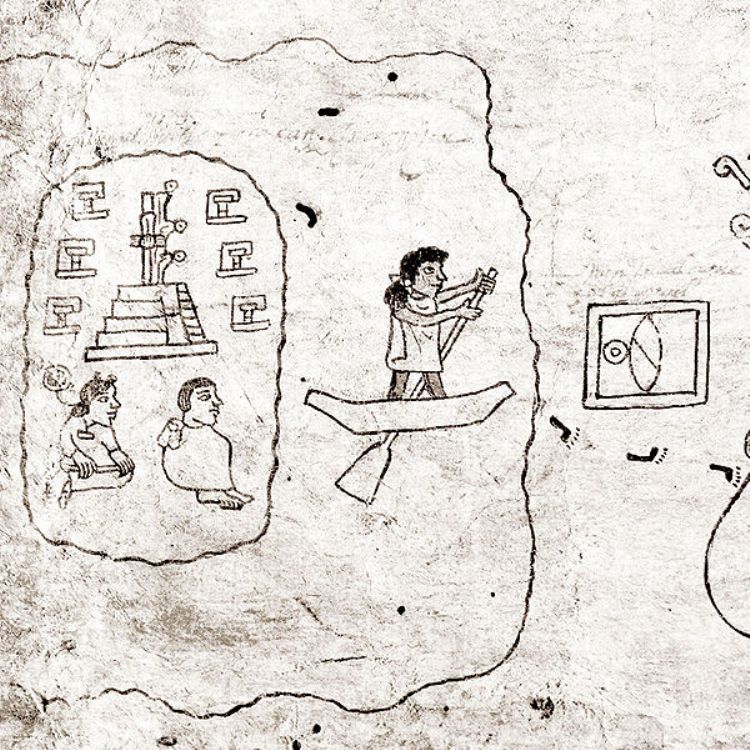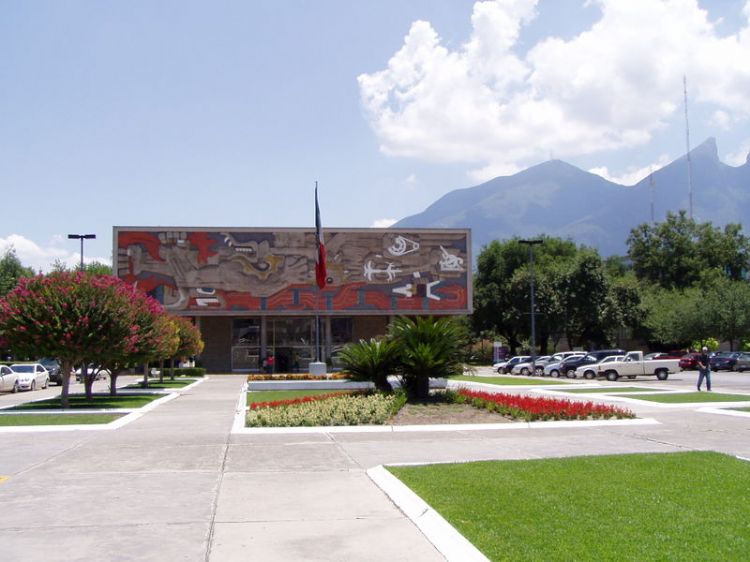Sarapes of Saltillo

Maybe the term âglobalizationâ sounds like a concept born from the current era as a result of information technologies brought on by the Internet and the technological development promoted by the creation of computers, satellites and other devices that reduce distances and allow us a closer knowledge of remote places in the world.
However, the globalization has existed since the beginning of time and can be seen in the blend of designs, colors, techniques and use of materials in many of the crafts and folklore of the cultures that have spanned throughout the world.
The fusion of native textile techniques with Spanish designs â themselves influenced by the Arab culture â was also enriched by the Muslim communities that arrived to Mexico, with a vast knowledge of wool techniques and the geometric designs that distinguish their famous rugs. The Far East contributed its silk to Saltilloâs sarapes.
In Prehispanic Mexico, the art of creating textiles achieved a development worthy of recognition. The Spaniards added to the rich Mexican folklore a great number of materials and designs that merged into clothes that combine details from both traditions.
Saltilloâs sarapes are evidence of how these different spinning techniques, designs, colors and the use of materials supplied by various cultures had influence on its end result. Although it is not clearly known how and when these textiles began to be produced â initially used by peasants and landowners while working the land - it is clearly noticeable in the design it still preserves.
This fusion of cultures resulted in a piece of apparel that is known renowned as the Saltillo sarapes, which in addition to being used as windbreakers and cozy protection from the harsh winter cold, are also used as elements of decoration displayed on the walls of Mexican homes since immemorial times. Its scope of influence trespassed borders, reaching many countries in Latin America and the United States southeast.
The peak of these textile works of art mainly occurred during the 18th and 19th centuries, turning into objects of great worth for the weave of their wool, silk and cotton weave in a density that turns them into wonderful tools for heat preservation. Throughout time, the dimension and design of Saltilloâs sarapes has been modified, but they are still highly valued for their beauty and quality, its manufacturing technique even becoming imitated in many countries around the world.
Besides becoming a true national Mexican symbol, sarapes have been used as an object of folklore in our country. It has been considered apparel worth admiring by locals and foreigners and has become a highly valuable gift for the very important people who visit our countries on diplomatic and state affairs.
Saltillo is internationally famous for producing its wonderful sarapes and even though they are now created in various states of the country, sarapes undeniably have their name linked to this capital city of the State of Coahuila, on the Northern part of the country.
When you visit Saltillo, a city founded over 400 years ago, you will be surprised to see the wonders that the weavers of these incredible works of art are capable of capturing through wonderful colors and designs. Saltilloâs sarapes â resulting from the fusion of cultures â are Mexican craftsmanship at its best.
Article Produced by the Editorial Team at Explorando Mexico.
Copyright: Explorando México. All Rights Reserved.
Image: Wikipedia






